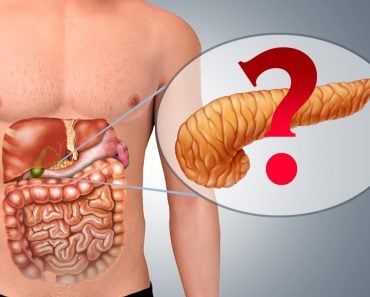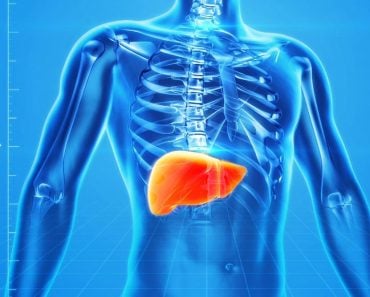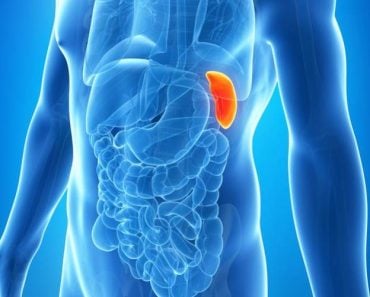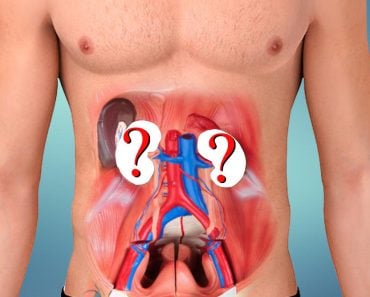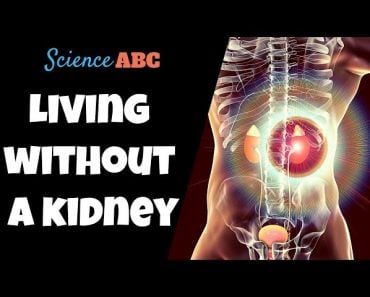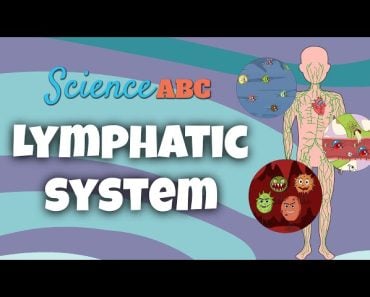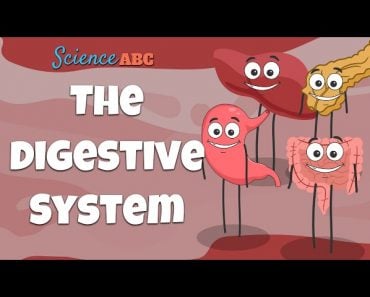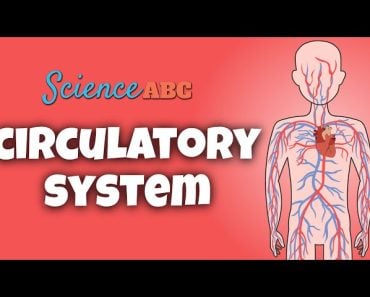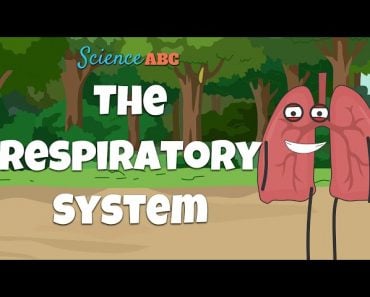Table of Contents (click to expand)
When an organ is removed from the body, the empty space is filled in by encroaching organs around it. The small organ-shaped space would be edged into by the pancreas, stomach and liver. In the case of larger “gaps”, such as a removal of part of the intestine, bodily fluid would temporarily fill the space until connective tissue begins to form, ensuring that everything in your body’s cavities remain in the right place!
Hopefully, you will never have to worry about having one of your organs removed, but the fact is, sometimes it simply can’t be avoided. As we get older, things break down and may stop working, while in other cases, accidents, disease or trauma may cause irreparable damage.
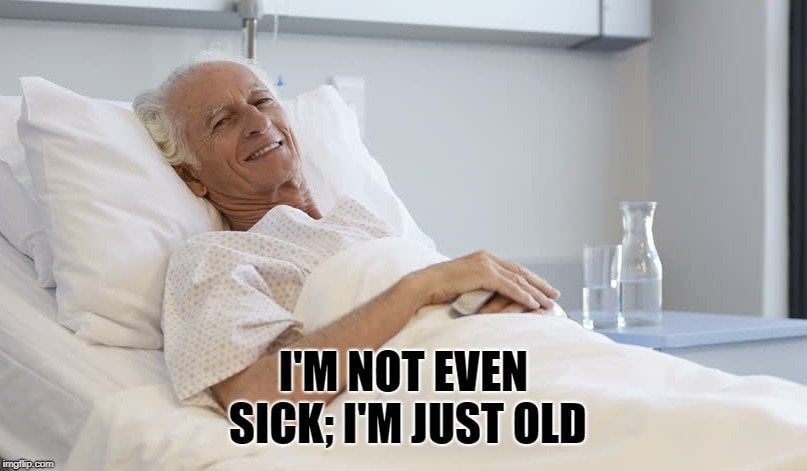
There are a handful of organs that humans simply can’t live without, while there are others that can be removed without proving fatal. More specifically, human beings cannot live without your brain, heart, liver, kidneys and lungs, although a person can survive without only one lung or kidney (as we have two). When you imagine removing an organ, however, such as a spleen, a gallbladder, a kidney or part of the intestine, have you ever wondered what happens to that empty space?
Recommended Video for you:
What Happens To The Empty Space After An Organ Is Removed?
For those who don’t know, there are a number of organs that can be removed safely, which may leave a bit of empty space behind, including the spleen, stomach, gallbladder, colon, reproductive organs and appendix. You can also remove parts of the lungs, liver and intestines. Interestingly enough, kidney transplants are very common, but the non-functioning kidney isn’t actually removed in these cases; a new one is simply added into the mixture of digestive organs, although it is typically fused down near the bladder, a good distance lower than the original kidneys.
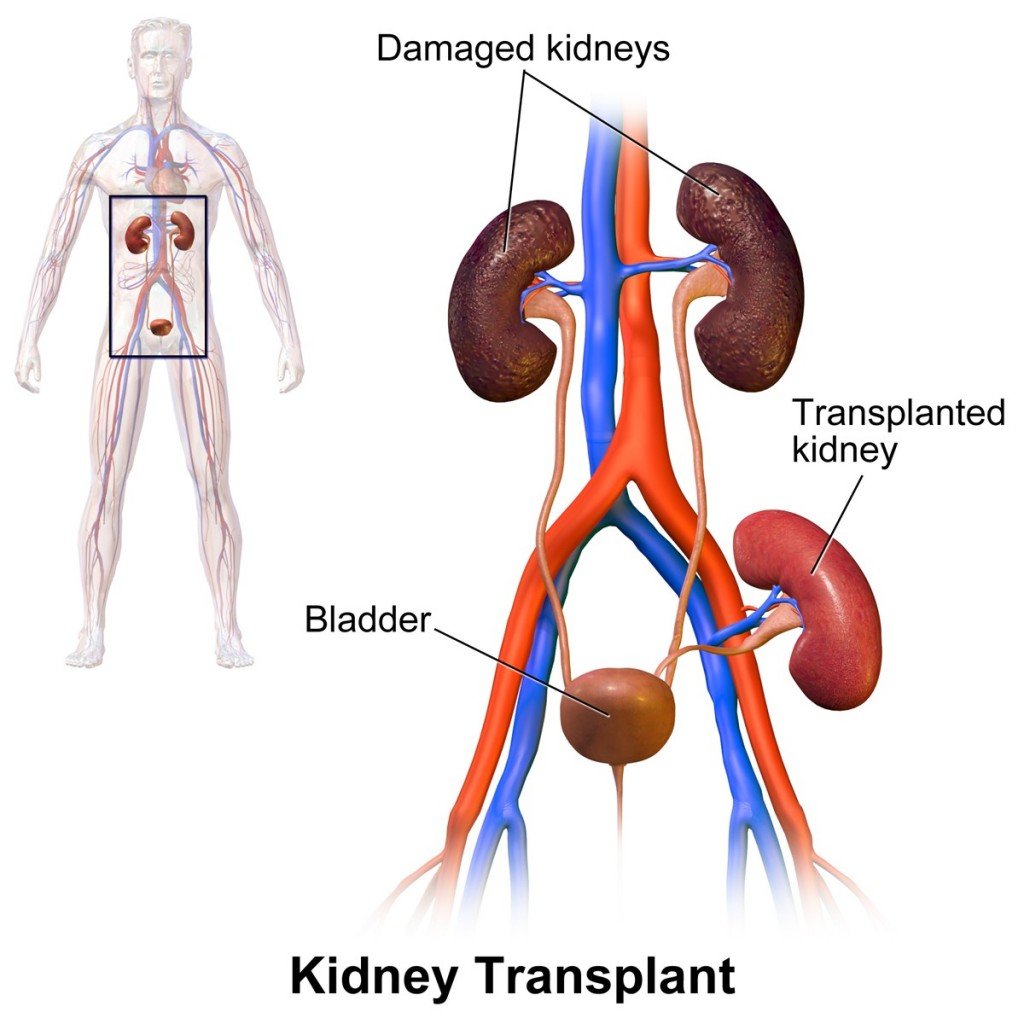
Our bodies are divided into specific cavities, which do restrict the movement of our organs to some degree. For example, our heart isn’t going to slowly slip from the pericardial cavity, out of the thoracic cavity and land in the middle of the abdominal cavity. That being said, the layers of tissue dividing these cavities do have some amount of flexibility, as does the space within each individual cavity. Generally speaking, organs will remain in their proscribed area, although shifting and rearranging can happen. Imagine sucking in your stomach as far as you can, or filling your belly up with air; those simple muscle movements will cause compression and shifting of our organs, albeit a temporary change.
The body cavities are crowded places, and our organs simply fit in with one another as best they can. If you remove an organ, say the gallbladder, the empty space where that organ is would be filled in by encroaching organs around it. The small gallbladder-shaped space would be edged into by the pancreas, stomach and liver. In the case of larger “gaps”, such as a removal of part of the intestine, bodily fluid would temporarily fill the space until connective tissue begins to form, ensuring that everything in your body’s cavities remain in the right place!
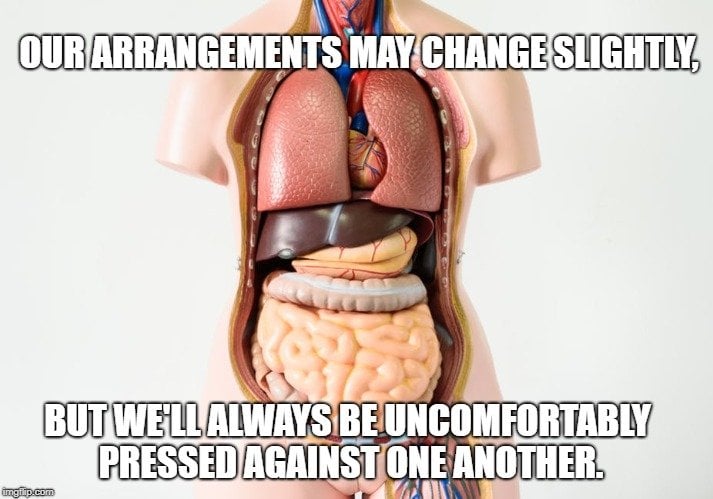
Human bodies are remarkably adept at finding homeostasis in terms of pressure and comfort for our organs. Imagine standing in a crowded elevator with 10 other people. When 1 of those people depart at the next floor, the remaining people will subtly fill in that new gap, easing the pressure on the rest of the riders. The same thing is true in your body; your organs will naturally spread out—within reason—until there’s no empty space left.
Filling In The Gaps?
For people who choose to donate all their organs after death, there has been a new development, in an effort to maintain the integrity of the body for viewing and ceremonial circumstances. To keep the body’s internal cavities somewhat stable (volumetrically speaking), there have been some advancements in organ replacements. With the advent of 3D-printing technology, a number of researchers and pioneers have begun 3D printing the organs that are being removed, and then filling that empty space with replicas.
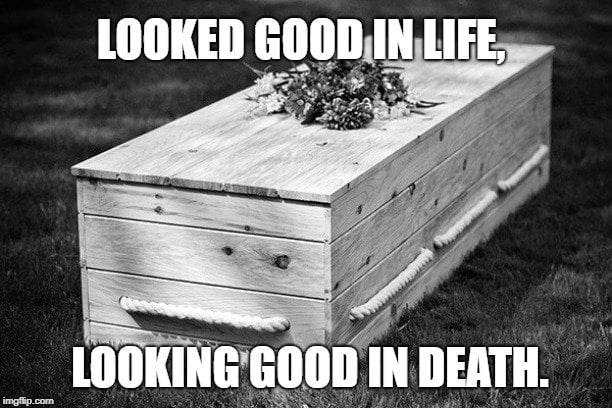 After a person has died, this approach is the only way to “fill the space” of missing organs, but for living donors, your healthy organs will gladly take the opportunity to stretch out and fill every spare centimeter!
After a person has died, this approach is the only way to “fill the space” of missing organs, but for living donors, your healthy organs will gladly take the opportunity to stretch out and fill every spare centimeter!
References (click to expand)
- Sun, D.-P., Lee, L.-H., Tian, Y.-F., Zheng, H.-X., Kuo, J.-R., & Wang, C.-C. (2018, July). How to Deal with the Empty Space After Organ Removal for Transplantation: A Single Medical Center Experience. World Neurosurgery. Elsevier BV.
- Chest Organs Anatomy, Diagram & Function | Body Maps. Healthline Media, Inc.
- Unit 2: Anatomy and Physiology of Organ Systems - www.austincc.edu:80



